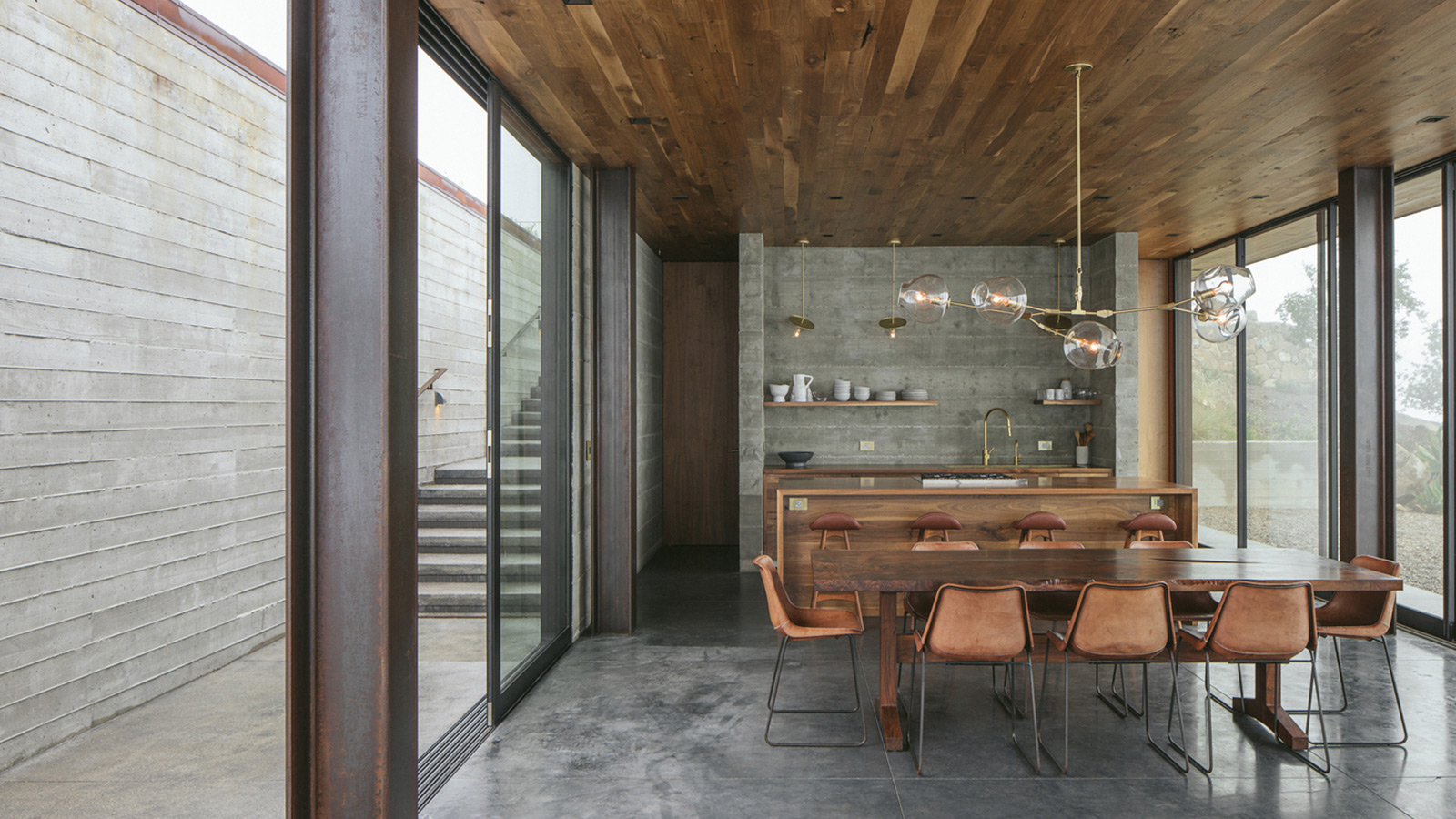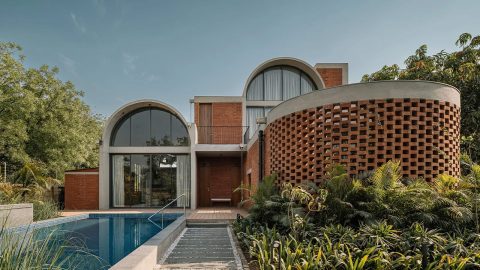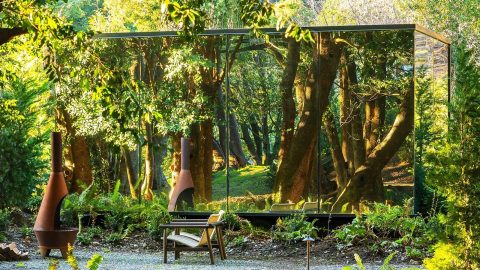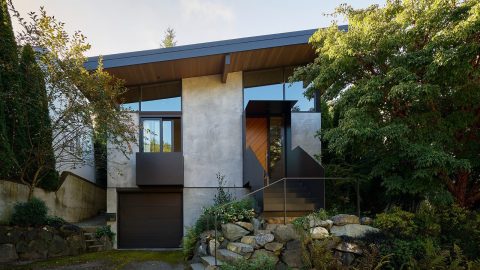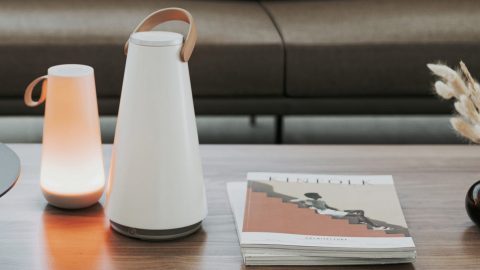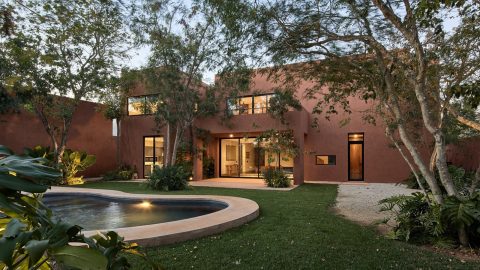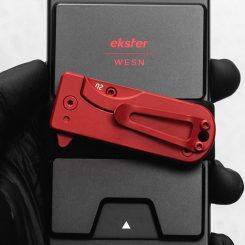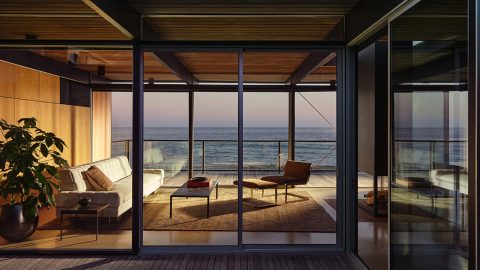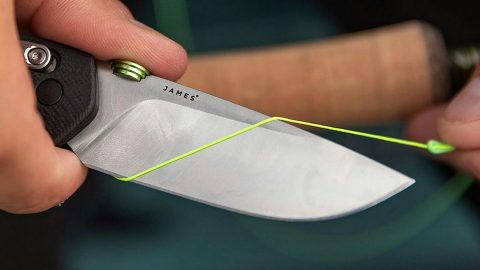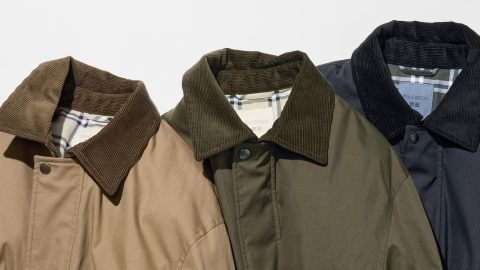Interior Design Styles 101
September 13, 2018
byThe IMBOLDN Editors
-
Spaces Step Into The Architectural Poetry Of Teen Vaults House
A home where raw materials and refined design live in harmony.
-
Spaces Discover The Pacific Northwest’s Best-Kept Secret
A retreat of glass cabins, live-fire dining, and wild adventure.
-
Spaces The Modern Home Reset: Small Upgrades, Big Impact
These small, design-driven upgrades prove that subtle tweaks can completely reset your home.
-
Spaces K’ab House Is Where Shadows And Light Create Calm
This Yucatán retreat redefines the balance between culture, nature, and contemporary living.

